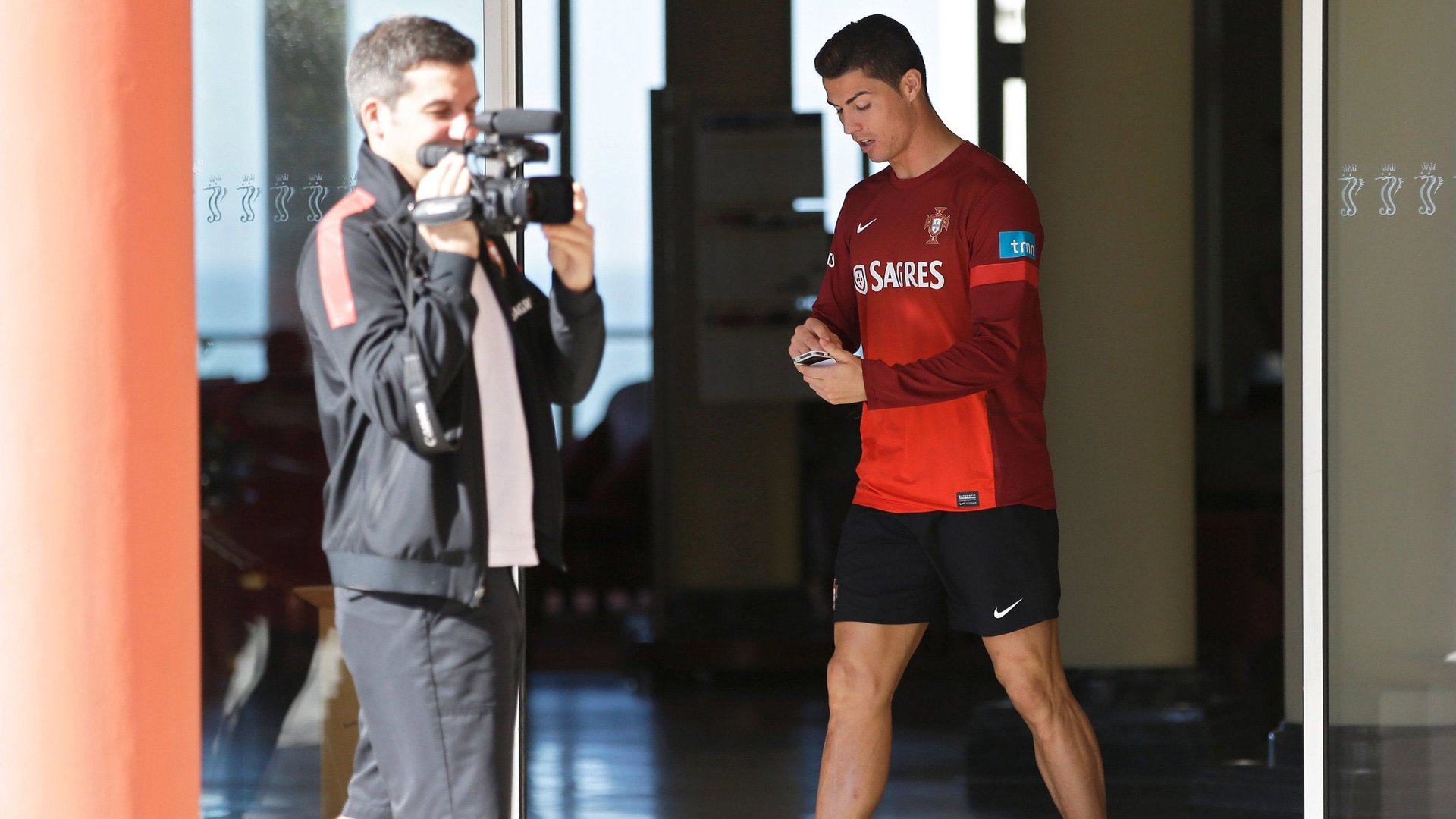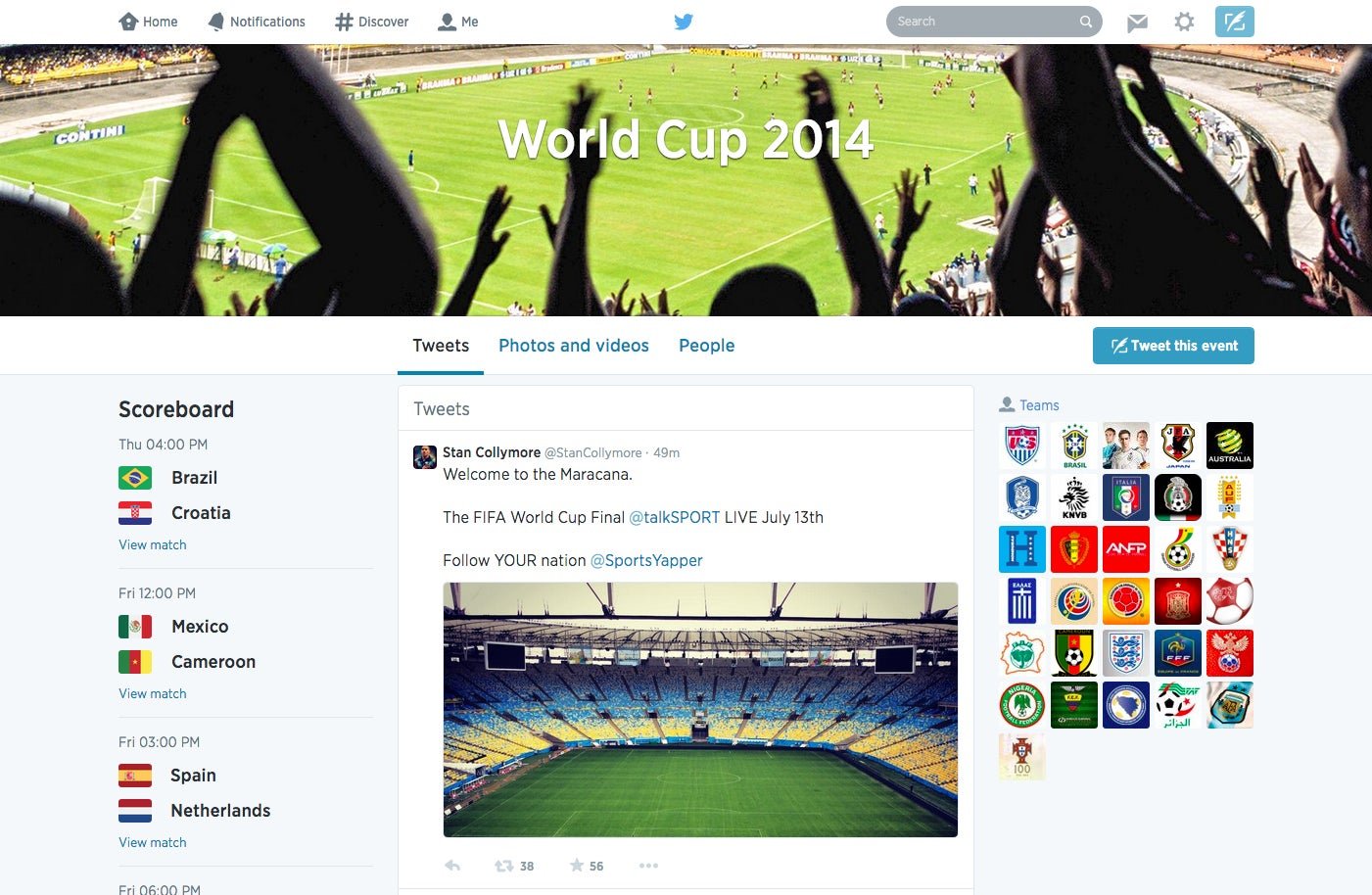Twitter is hoping the World Cup will help fix its biggest problem
Twitter is going all out for the World Cup. Today it turned on hashflags, a feature which places a tiny emoticon of a country’s flag inside tweets with a # and the relevant country code for participating teams.


Twitter is going all out for the World Cup. Today it turned on hashflags, a feature which places a tiny emoticon of a country’s flag inside tweets with a # and the relevant country code for participating teams.

But the social media service, which has been struggling to convince investors of its growth potential, has also made some subtler World Cup-inspired changes to its platform—including a set of new, algorithm-driven timelines for soccer fans.
To help understand the significance of these changes, some background on the predicament Twitter currently finds itself in: The company’s stock price is down about 45% this year, in part because Wall Street is worried about its slowing growth in new users. This is really less of a growth problem than a perception problem—Twitter’s audience is much bigger than its active user base. (There are countless tweets embedded into news stories all over the internet, for example.) But perception is reality, and it’s pretty clear that Twitter, which still shines during live events and breaking news, is hoping to use the World Cup to jumpstart user growth.
Lots of people have tried Twitter (there are more than 900 million registered Twitter accounts, according to Twopcharts) but most of them get overwhelmed and abandon it (there were 255 million monthly active users at last count). A survey by Deutsche Bank found that the main reasons people quit Twitter come down to their struggles to find relevant information, or their inability to filter out irrelevant information. For World Cup fanatics new to Twitter, the service is trying to address these problems from the outset.

Anyone signing up for Twitter during the World Cup will be asked whether they are interested in the matches, and if so, prompted to choose a team to support. Then, in a single step, they will be encouraged to follow popular Twitter accounts related to that team. Once registered, users will also be able to take advantage of Twitter’s World Cup timeline, which doesn’t just feature tweets tagged with the hashtag #WorldCup—the mechanism Twitter has relied upon so far—but also relevant tweets from teams, players, coaches, journalists and fans in the stadiums. Effectively, it’s Twitter’s biggest foray into algorithmically driven content curation so far.
Once the tournament gets under way, there will be similar timelines for individual games (again, based on algorithms, not just hashtags). Any registered Twitter user will have access to this function, but non-users will not be able to view the timelines. Keeping this feature behind a membership wall might seem like a missed opportunity for Twitter to showcase itself to the broader world. But evidently, driving user growth is the company’s biggest imperative at the moment.
For its part, Facebook also has its own dedicated hub for the tournament: Its “Trending World Cup page” is based on similar principles, but seems to have less of a realtime pace than Twitter’s. (Again, you need to be logged in as a Facebook user to view it.) The stakes are obviously a lot higher for Twitter at the moment: Facebook’s stock price is still within striking distance of record highs. But don’t expect Facebook to cede eyeballs to its smaller rival without a fight.